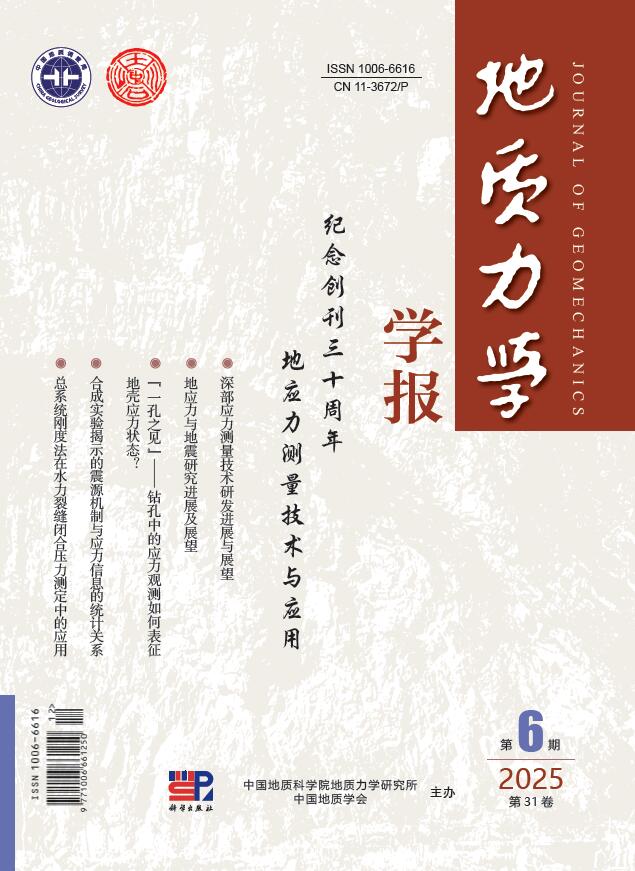2013 Vol. 19, No. 4
Display Method:
2013, 19(4): 351-363.
Abstract:
2013, 19(4): 364-376.
Abstract:
2013, 19(4): 377-384.
Abstract:
2013, 19(4): 385-391, 446.
Abstract:
2013, 19(4): 392-402.
Abstract:
2013, 19(4): 403-412.
Abstract:
2013, 19(4): 413-422.
Abstract:
2013, 19(4): 423-430.
Abstract:
2013, 19(4): 431-439.
Abstract:
2013, 19(4): 440-446.
Abstract:



